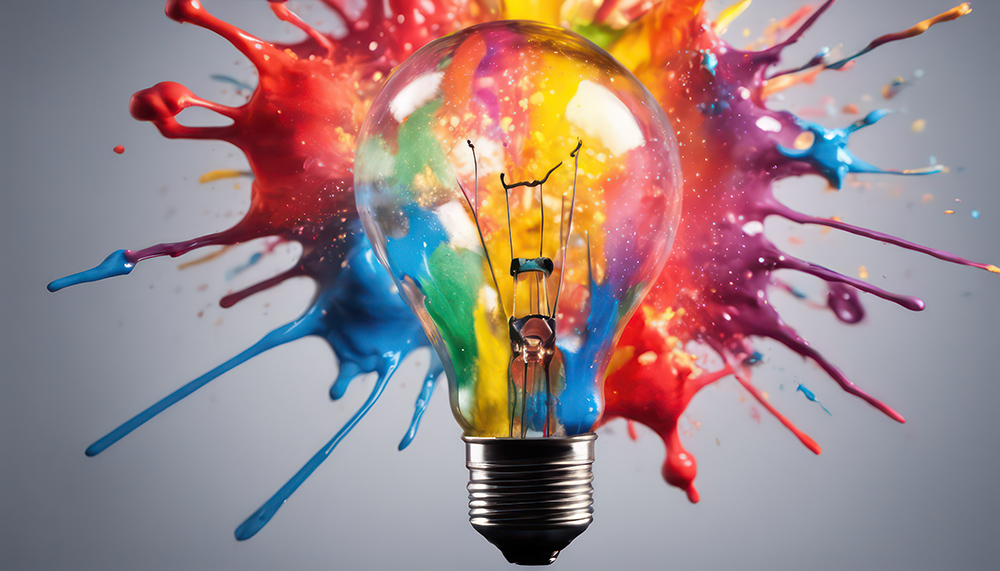In our ever-evolving digital era, artificial intelligence (AI) has permeated many aspects of our lives, including photography. Particularly, in the realm of traditional photography, especially in the fields of food and portrait photography, AI has sparked debates about its potential supremacy. Technologies like Midjourney, Stable Diffusion, and DALL-E have opened new horizons, allowing for the generation of hyper-realistic images with unprecedented precision. But what does this mean for traditional photographers and for the art of photography itself?
The transformation of traditional photography:
The shift from traditional film cameras to digitalization has already marked a significant turning point in the world of photography. However, the advent of AI has further revolutionized this sector. AI technologies now enable not only the enhancement of existing images but also the creation of entirely new ones, challenging the very definition of “traditional photography.” This transformation raises several important questions: what are the limits of AI in creating authentic photographic works? And what are the ethical implications behind the use of algorithms to generate images?
The role of Artificial Intelligence in food photography:
Food photography has become an art form in its own right, aiming to evoke desire and appetite through captivating images. AI has shown it can play a significant role in this sector, producing images that appear to have been captured by professionals. However, some argue that these artificially generated images lack the authenticity and human sensitivity that only an experienced photographer can capture. Additionally, AI raises questions about the standardization of food images and the risk of homogenizing represented food products.

Cost advantage in people photography:
One of the most significant advantages of AI-generated images in people photography is the cost factor. Unlike traditional photography sessions that involve hiring models and potentially entire production teams, AI images eliminate the need for human models altogether. This results in substantial cost savings for photographers and clients alike. Whether for commercial projects, advertising campaigns, or artistic endeavors, the reduced financial burden associated with AI-generated images can make them an attractive option for budget-conscious individuals and businesses.

Legal considerations:
Beyond cost savings, AI-generated people photography mitigates legal risks and complexities. In traditional photography, using images of real individuals requires obtaining model releases and ensuring compliance with privacy laws. However, with AI-generated images, these legal hurdles are largely circumvented. Since the individuals depicted in AI-generated images are virtual constructs, there are no concerns regarding model consent, privacy rights, or potential legal disputes. This simplifies the workflow for photographers and provides peace of mind for clients, minimizing the likelihood of legal challenges down the line.
The future of traditional photography:
As AI continues to advance and improve its capabilities in the field of photography, it’s crucial to consider the role of traditional photographers. While AI technologies offer powerful and innovative tools, human perspective and artistic experience remain irreplaceable. Traditional photographers can harness AI as an extension of their creative abilities, using it to experiment with new techniques and approaches without sacrificing the authenticity and originality of their works.
The sole advantage of traditional photography:
Thus far, a key advantage of traditional photography over AI has been the ability to achieve higher megapixel resolution. While AI technologies are limited to a resolution of 1 megapixel, traditional cameras can capture images at a higher resolution. However, it’s important to note that images generated by AI can be upscaled, albeit with noticeable quality degradation. This discrepancy highlights the need to consider not only resolution but also other aspects such as creativity and authenticity when assessing the value of traditional photography.
Conclusion:
Ultimately, artificial intelligence is revolutionizing the world of traditional photography, offering new opportunities and challenges for photographers. However, while AI can enhance efficiency and precision in image creation, it cannot fully replace human ingenuity and artistic interpretation. The future of traditional photography will depend on photographers’ ability to embrace and adapt to these new technologies, finding a balance between innovation and authenticity.


